Car or Campervan for New Zealand? Which Rental Is Best
Hitting the open road in the alluring land of Aotearoa is a dream come true. New Zealand’s roads are set against...

Hitting the open road in the alluring land of Aotearoa is a dream come true. New Zealand’s roads are set against...
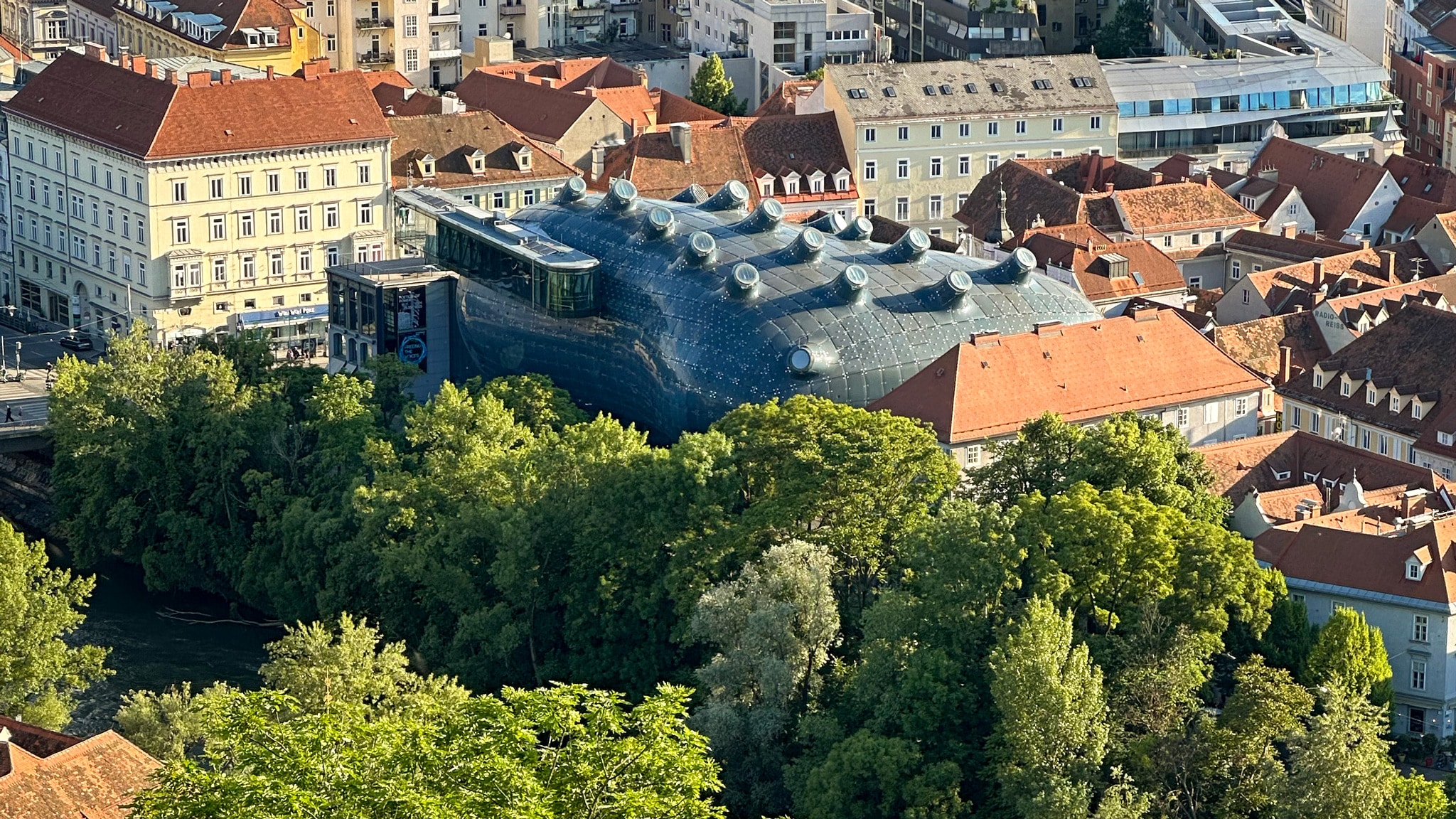
Some will tell you that one day in Graz is enough. I strongly disagree. After spending nearly a month in Austria’s second...

From forest-shrouded hilltop hamlets to coastal fishing communities that blossomed into trading ports, there is no shortage...

Planning a food-themed trip in Europe is one of the continent’s greatest joys. From Copenhagen’s world-renowned Nordic...

My Eurovision 2025 split-screen suspense was (thankfully) far shorter than most. As I watched Austria’s incredibly...
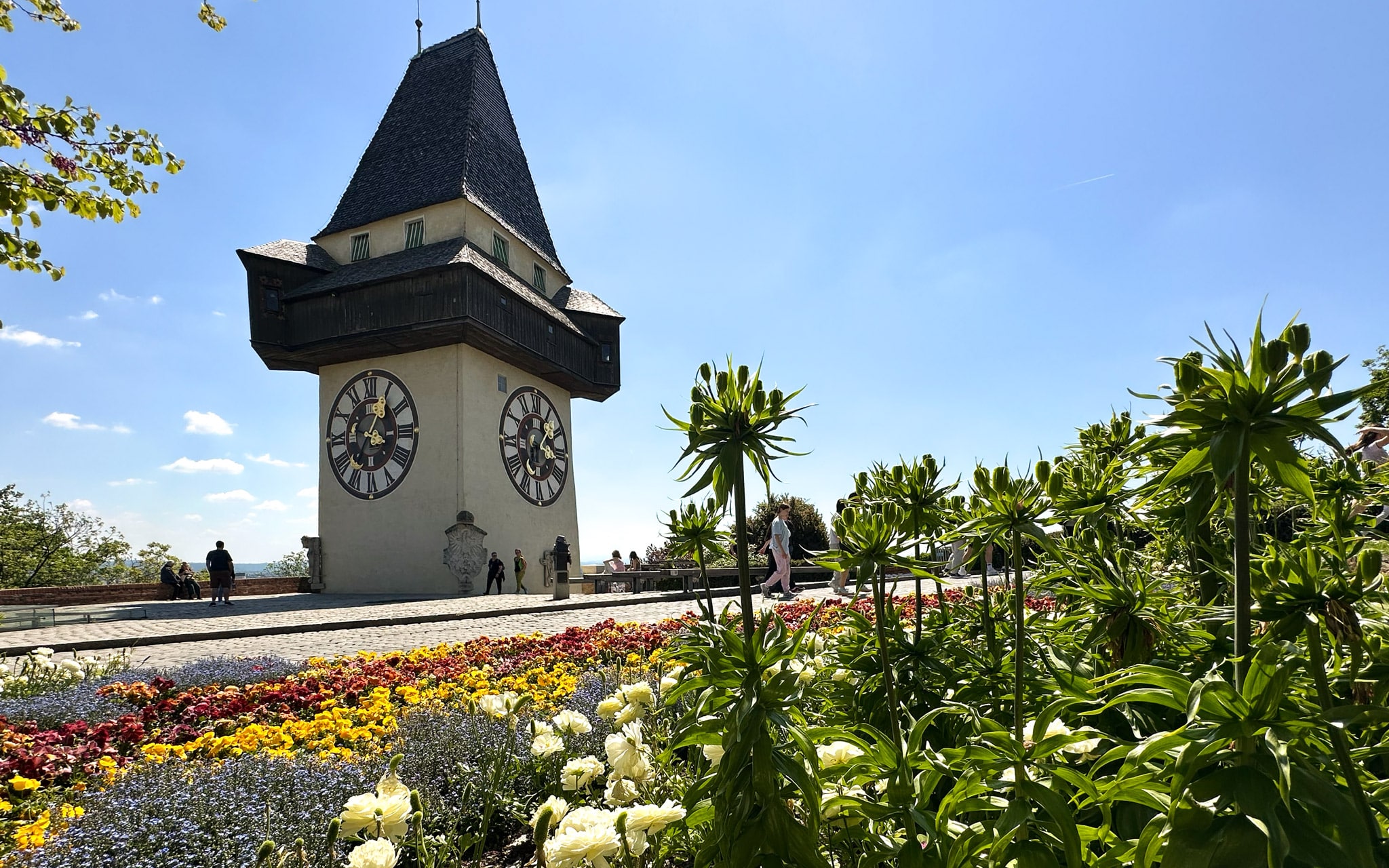
With winter firmly in the rearview mirror in the south but some of the north still seeing snowfall, Europe in Spring is a...
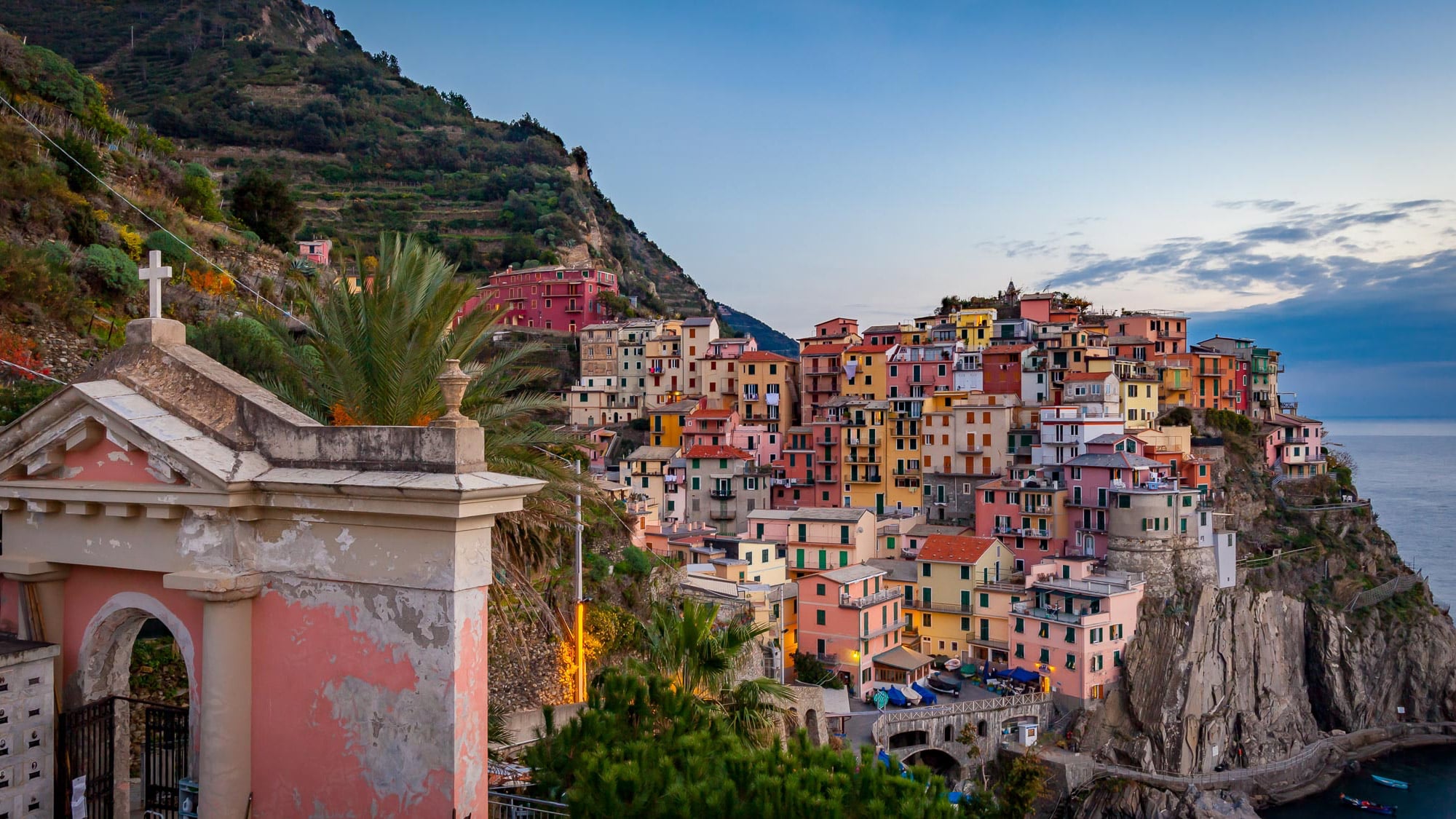
There’s no other country that has captured my heart like Italy. She has dazzling cities crammed with art and...
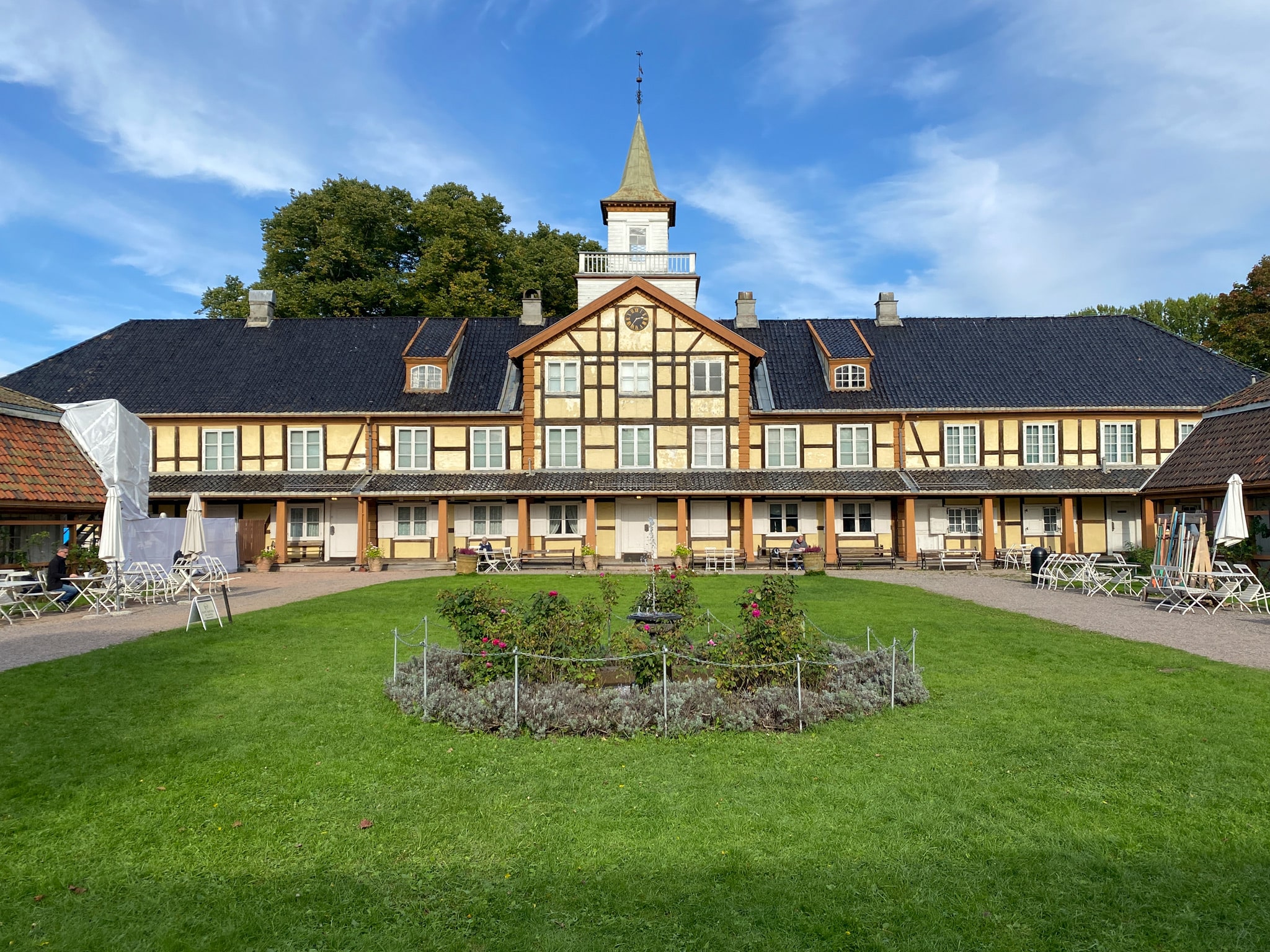
Tucked at the end of its namesake fjord, Norway’s capital city couldn’t have a more scenic location. Unsurprisingly,...

From Turkey’s ancient underground cities to Japan’s sakura-scented temples, an odyssey across all of the best places to...
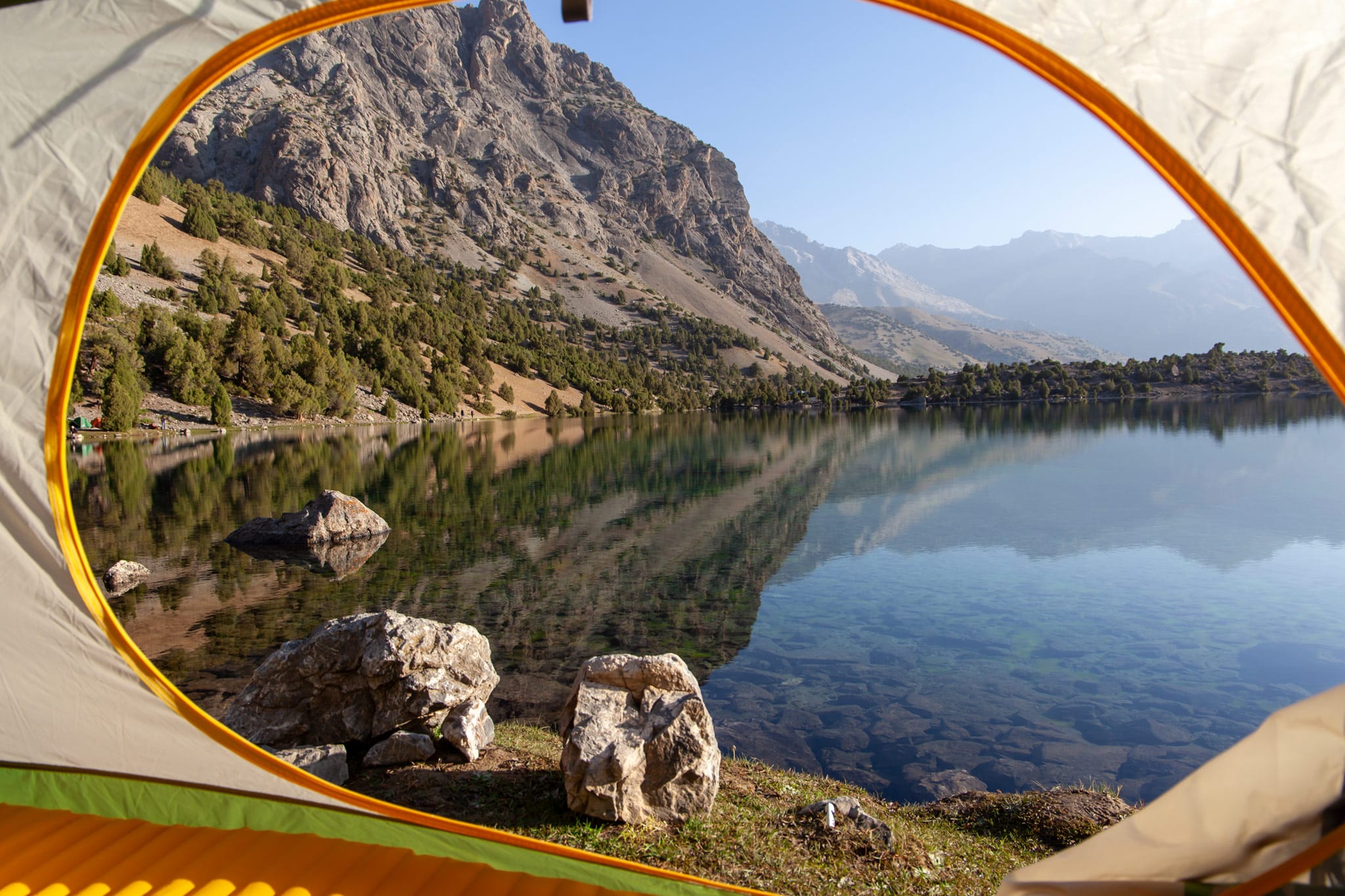
There’s no feeling comparable to escaping into nature and clearing the mind amongst the serenity of wilderness. But...
